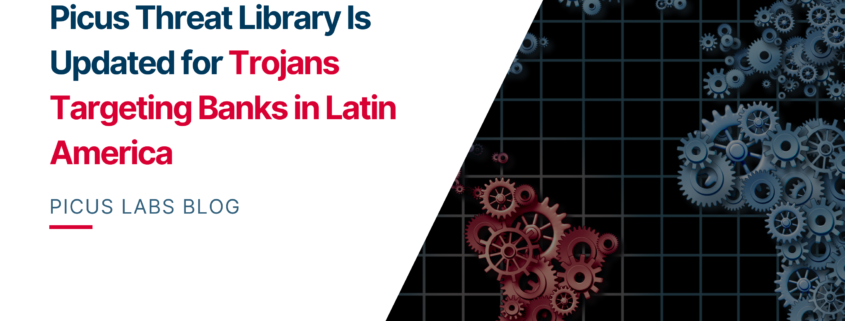Right time, right place: opportunities for banks and credit unions with Buy Now, Pay Later
Since the birth of currency, the use of credit has been essential to empowering consumers to obtain goods and services immediately while delaying their financial obligation to pay that debt back.
In the mid-20th century, with the advent of national and global payment card brands, more consumers could access greater lines of credit more quickly and spend on those balances in more places. Today, the connectivity of consumers, via mobile devices, has enabled the meteoric growth of Buy Now, Pay Later (BNPL) as one of the fastest growing methods for payment at checkouts online and in store.
Consumers have numerous options when it comes to selecting a BNPL service provider. Many of the largest banks offer BNPL-style payment methods, as well as American Express, PayPal, and Apple. There are also quite a few pure players to choose from, including the likes of Klarna, Affirm, and Afterpay.
Essentially, these services are offering zero-percent interest, short-term loans to their customers with an installments-based payback period of several weeks or months. Typically, the BNPL provider will charge a service fee to the merchant, and late fees and/or interest for late payment. Offering this type of payment method gives merchants that ability to offer a low-friction, delayed payback option to people who may or may not have a credit card, which can grow ticket value and volumes.
BNPL payment methods are most common when purchasing big ticket items; however, as more and more e-commerce and retail stores onboard BNPL providers and capabilities, the transaction volume will continue to broaden. It’s possible that the dramatic growth of BNPL as a payment method is in part driven by how the types of products consumers purchasing through the pandemic have shifted to categories more apt for a short-term lending contract — home goods (furniture, air purifiers, appliances) and home office items (laptops, desks, monitors). With more money being spent online, where BNPL found the earliest traction, the numbers of consumers they were able to serve grew. Conversely, credit cards may have suffered disproportionately given travel, dining, and big events were severely curtailed.
All of this is to say,…




